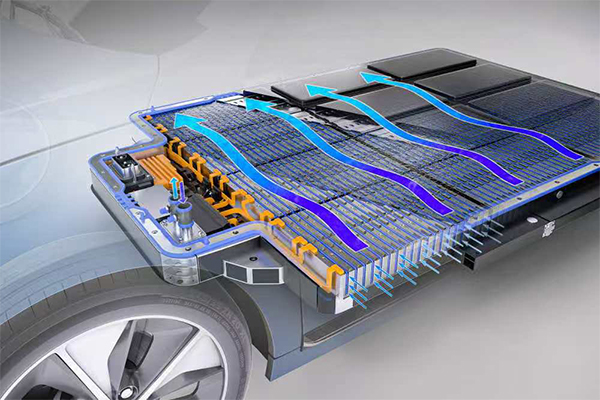In the realm of modern technology, especially with the rise of electric vehicles (EVs) and portable electronics, the battery cooling system has emerged as a crucial component. Its significance lies in maintaining the battery’s temperature within an optimal range, which is vital for both performance and longevity.
Lithium-ion batteries, widely used in EVs and many electronics, generate heat during charging and discharging processes. Excessive heat can accelerate battery degradation, reduce its capacity, and even pose safety risks such as thermal runaway. A well-designed battery cooling system mitigates these issues, ensuring the battery operates efficiently and safely.
There are several types of battery cooling systems. The air cooling system is one of the simplest and most cost-e
ffetive methods. It uses fans to blow air over the battery, transferring heat away. However, its cooling efficiency is relatively low compared to other systems, making it more suitable for applications with lower heat generation.
The liquid cooling system is more prevalent, especially in high-performance EVs. This system circulates a coolant, often a mixture of water and glycol, through pipes or channels in close proximity to the battery cells. The coolant absorbs the heat from the batteries and then dissipates it through a radiator, similar to how a car’s engine cooling system works. Tesla, for example, uses a liquid cooling system with a patented serpentine cooling pipe that runs through the battery pack, effectively cooling its numerous cells.
Another type is the direct liquid cooling (immersion) system, which involves immersing the battery cells in a dielectric coolant. This method provides excellent cooling performance as the coolant directly contacts the cells, but it is more complex and costly, and safety concerns regarding the coolant also need to be addressed.
As technology advances, the future of battery cooling systems holds great promise. There is a growing focus on developing more efficient coolants with better heat transfer properties, as well as improving the overall design of cooling systems to reduce energy consumption and weight. Additionally, smart cooling systems that can adjust the cooling intensity based on real-time battery temperature and usage patterns are being explored, further enhancing the performance and reliability of batteries.

